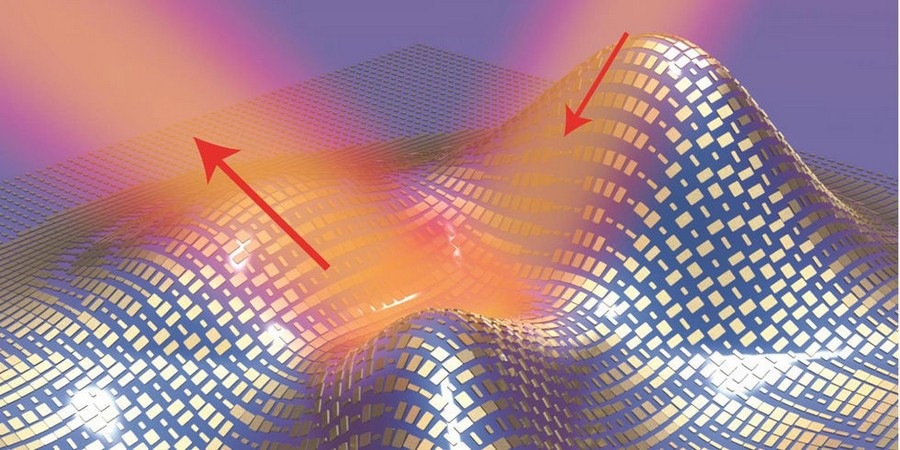-
Tips for becoming a good boxer - November 6, 2020
-
7 expert tips for making your hens night a memorable one - November 6, 2020
-
5 reasons to host your Christmas party on a cruise boat - November 6, 2020
-
What to do when you’re charged with a crime - November 6, 2020
-
Should you get one or multiple dogs? Here’s all you need to know - November 3, 2020
-
A Guide: How to Build Your Very Own Magic Mirror - February 14, 2019
-
Our Top Inspirational Baseball Stars - November 24, 2018
-
Five Tech Tools That Will Help You Turn Your Blog into a Business - November 24, 2018
-
How to Indulge on Vacation without Expanding Your Waist - November 9, 2018
-
5 Strategies for Businesses to Appeal to Today’s Increasingly Mobile-Crazed Customers - November 9, 2018
Invisibility cloak hides bumpy 3D object from visible light
It may not have been spun from the hair of a magical creature but scientists have created a Harry Potter-style invisibility cloak.
Advertisement
This illustration shows a 3-D skin cloak made from an ultrathin layer of gold blocks covering an irregularly shaped object.
A team of scientists at UC Berkeley have achieved a world-first: a thin “skin” cloak that conceals the shape of the 3D object underneath.
It’s also claimed the cloak is easy to create and is “potentially scalable for hiding macroscopic objects”.
The cloaking “skin” boasts microscopic light-scattering antennae that make light bouncing off an object look as if it were reflected by a flat mirror, rendering the object invisible.
At the moment this cloak is microscopic in size, but the principles behind the technology should enable it to be scaled-up to hide larger items too, the researchers said.
For more details about this work, see the Berkeley Lab press release announcing the discovery. The study revealed that with correct metasurface design, both the objects and the container will become invisible.
While “invisibility cloaks” are nowadays most closely associated with the Harry Potter series, Wired magazine wrote Thursday that Zhang’s research comes closer to another pop-culture phenomenon, the Predator film series starring Arnold Schwarzenegger based around an extraterrestrial that hunts humans on Earth.
Researchers from the University of California, Berkeley have created an ultra-thin “invisibility cloak” that alters reflected light to make objects under the cloak appear flat. According to The Guardian, Zhang said that previous attempts have been hopelessly impractical, for hiding people at least.
Over the last decade, the team of researchers has been investigating about the mechanisms that surround the way light interacts with metamaterials – backward bends, path light curves and other phenomena not observed in natural objects.
Zhang said that the invisibility cloak is made of meta-materials, which are materials that possess properties that are not present in nature.
The concept of making real invisibility cloaks has been around since 2006. But in blue or yellow light, the “hidden” object may be perfectly visible.
The military may be interested in making soldiers and aircraft invisible, but Zhang says there could be a number of everyday uses of the cloak, including cosmetics.
Advertisement
The invisibility cloak could also be adjusted to make flat surfaces appearing curved, or the opposite, said the study’s author, professor Xingjie Ni.




























